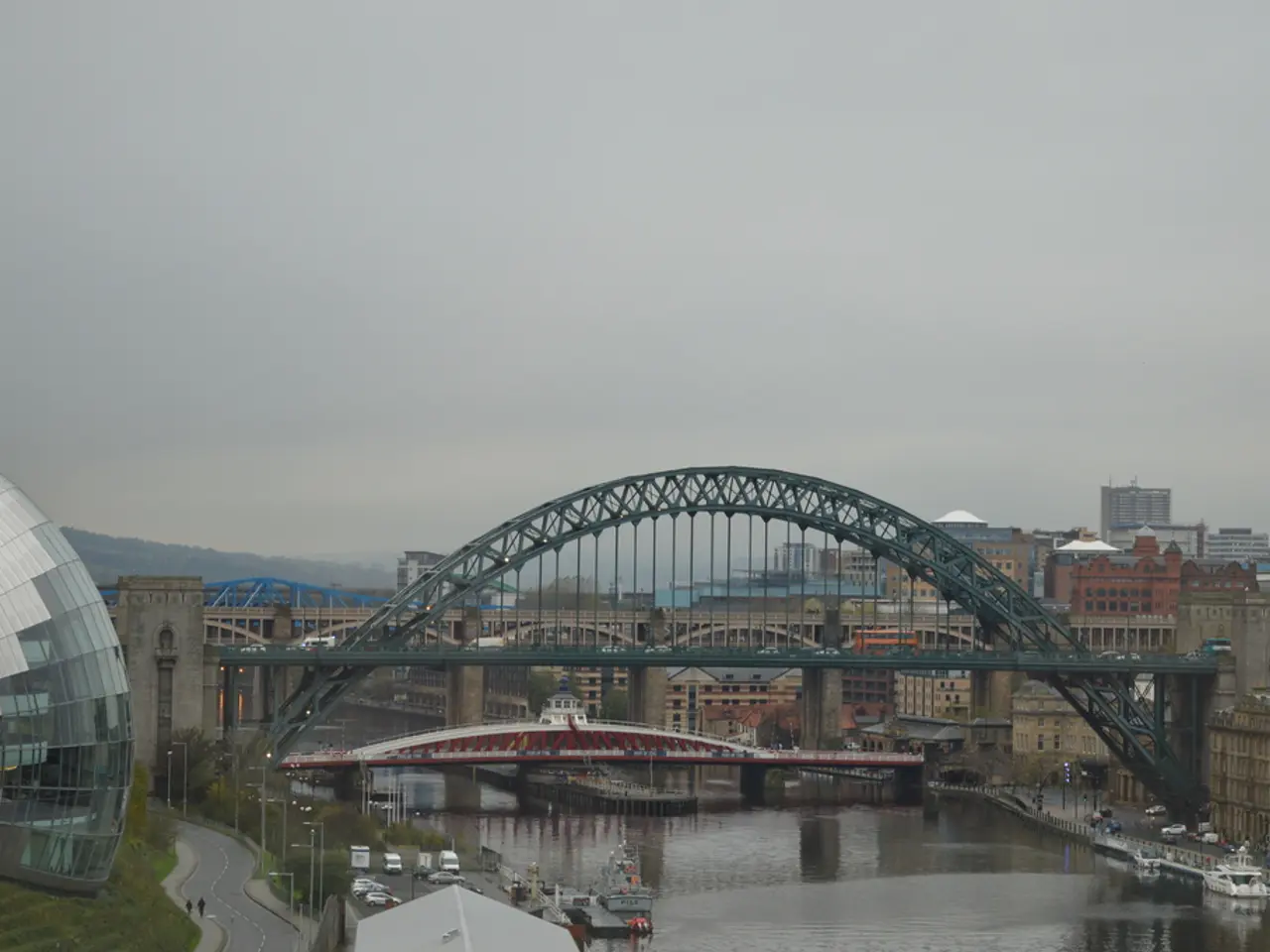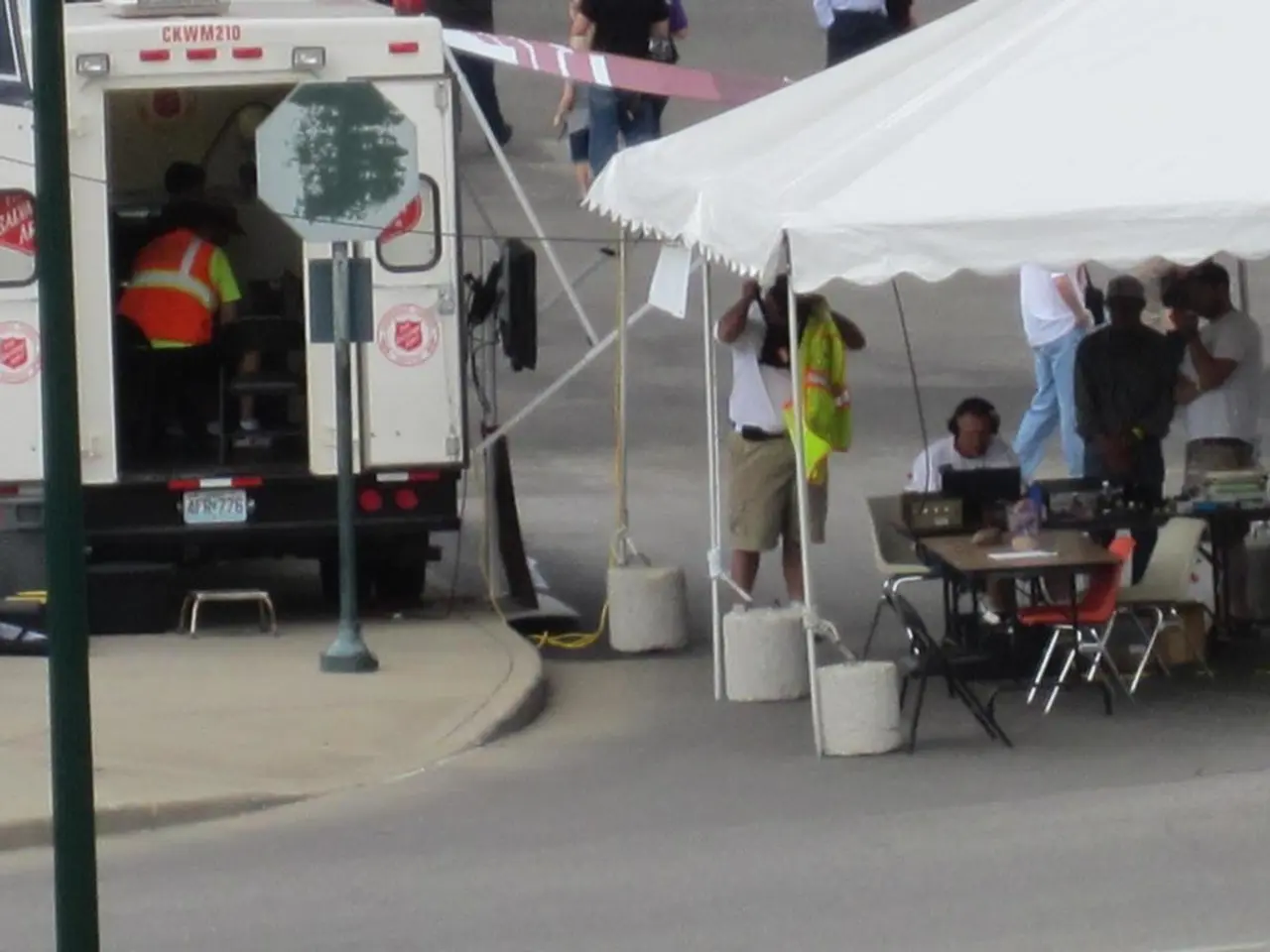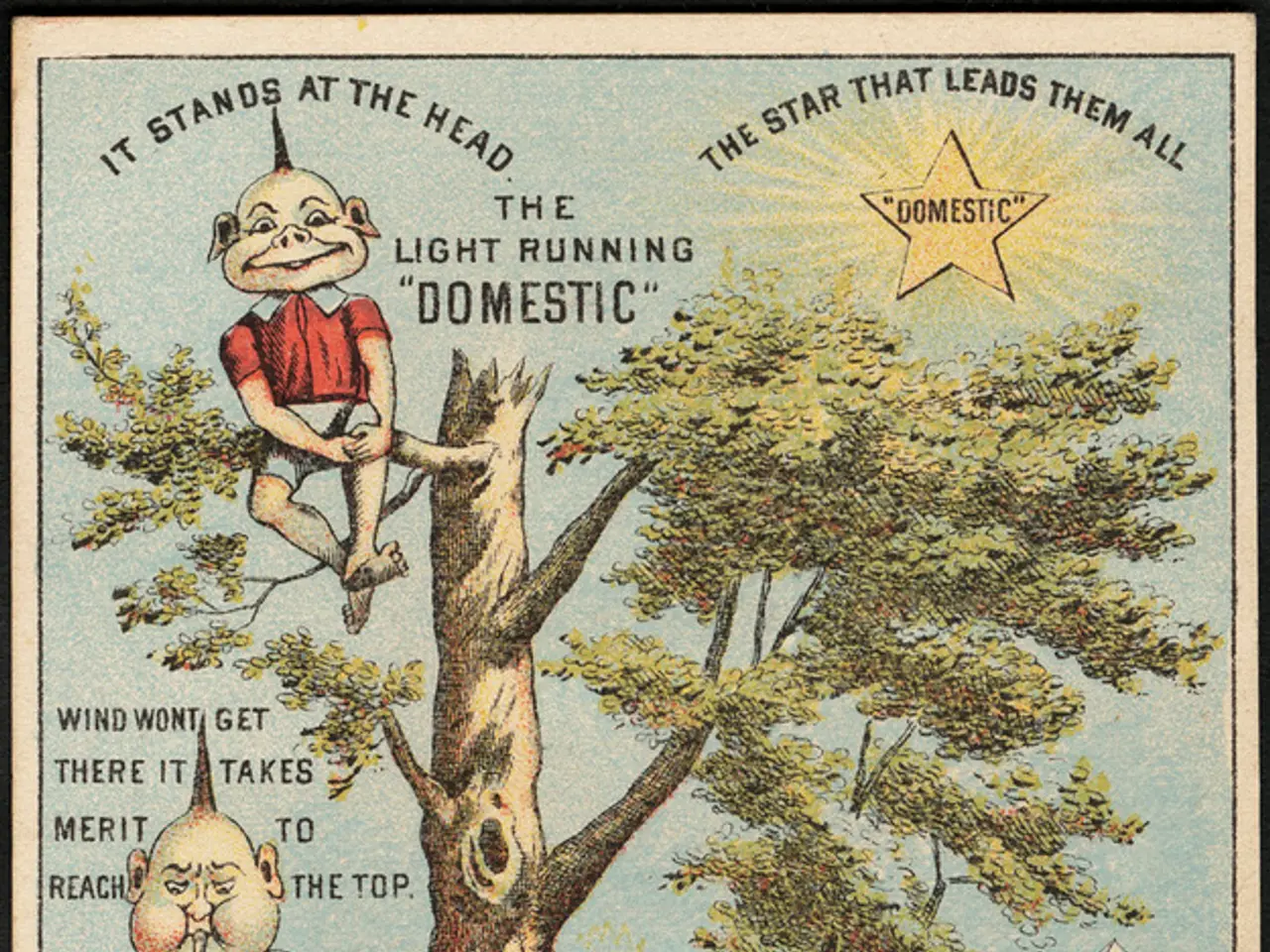Brazil's Ideological Shift and Its Downfall: Without a Violent Revolution
In the political landscape of America, a significant communist movement has left its mark, with teachers playing a crucial role in various aspects of Party work. This trend is not unique to America, as the influence of communism can be seen globally, with Russian President Vladimir Putin supporting communist leaders in various countries, including Brazil's President Luiz Inácio Lula da Silva, who is known to have been a friend of Fidel Castro and a comrade in the communist movement.
Lula da Silva's rise to power in Brazil, as well as Joe Biden's in the United States, is believed to be part of a larger communist movement. However, the advance of communism in Brazil is a complex story that unfolds over decades, shaped by historical, political, and social factors.
Early communist activism and organization played a major role in laying the groundwork for communism in Brazil. Figures like Luís Carlos Prestes organized communists and left-wing alliances such as the Aliança Nacional Libertadora (ANL) in the 1930s, uniting socialists, communists, and progressives opposing the Vargas regime's crackdown on labor and organized workers.
However, the Vargas government branded leftist groups as subversive and violently suppressed them through arrests, torture, and banning of organizations like the ANL. This repression initially stunted communist momentum but also solidified some of their base and leadership.
During the Cold War, fears of socialist governments in Latin America after the Cuban Revolution caused the US to intervene in Brazil’s politics, especially concerning leftist leaders such as João Goulart in the early 1960s. The US backed a military coup in 1964 that led to a right-wing dictatorship, which also suppressed communism but complicated political alignments in Brazil.
After the military regime ended in 1985, leftist parties including openly communist ones resurfaced in Brazil’s political landscape. Internal disputes within the Workers' Party (PT), some influenced by communist descendants and Maoist-inspired groups, reflect how communist ideas continue to be part of the broader left-wing debate, even as these groups often moderate their stance to appeal to wider electorates.
The persistence of communist ideas is partially due to social struggles and the continuing political relevance of leftist critiques of inequality and monopoly power in Brazil. Throughout the 20th century, Brazil’s state intervention in the economy—starting with policies under Vargas—and the support to labor unions created conditions for organized leftist and communist movements to take root, especially among working classes.
In recent years, concerns about Russian infiltration of the Western Hemisphere have been raised, but the Biden Administration's efforts to prevent Russian military units from deploying to Nicaragua have been less than visible. The U.S. Secretary of State has even threatened the Brazilian military should it block Lula's presidency, raising questions about the Administration's commitment to countering communist influence in the region.
In light of the current political climate, it is crucial for the public to remain vigilant and informed about the complexities of communism and its continued influence in Brazil and beyond. Understanding the historical and political factors that have allowed communism to gain a foothold is essential in combating its spread and preserving democratic values.
- The advance of communism in Brazil is a multifaceted narrative shaped by historical, political, and social factors.
- Early communist activism and organization laid the groundwork for communism in Brazil, with figures like Luís Carlos Prestes leading the charge.
- During the Cold War, the US intervened in Brazil's politics, particularly concerning leftist leaders like João Goulart, fueling fears of socialist governments in Latin America.
- The US backing of a military coup in 1964 led to a right-wing dictatorship, which suppressed communism but also complicated political alignments in Brazil.
- After the military regime ended in 1985, communist parties resurfaced in Brazil's political landscape, with internal disputes within the Workers' Party reflecting the continued presence of communist ideas.
- The persistence of communist ideas is due, in part, to social struggles and the political relevance of leftist critiques of inequality and monopoly power in Brazil.
- Historically, Brazil’s state intervention in the economy, starting with policies under Vargas, and support for labor unions created conditions for organized leftist and communist movements to take root, particularly among working classes.
- Recent concerns about Russian infiltration in the Western Hemisphere have been raised, but the Biden Administration's efforts to prevent Russian military units from deploying to Nicaragua have been less than visible.
- In the political landscape of America, the influence of communism can be seen beyond its borders, with Russian President Vladimir Putin supporting communist leaders in various countries, including President Lula da Silva of Brazil.








